|
ANGELA
MERKEL
- 1st
PLASTIC FREE CHANCELLOR
Please
use our A-Z INDEX
to navigate this site, where page links may lead to other sites
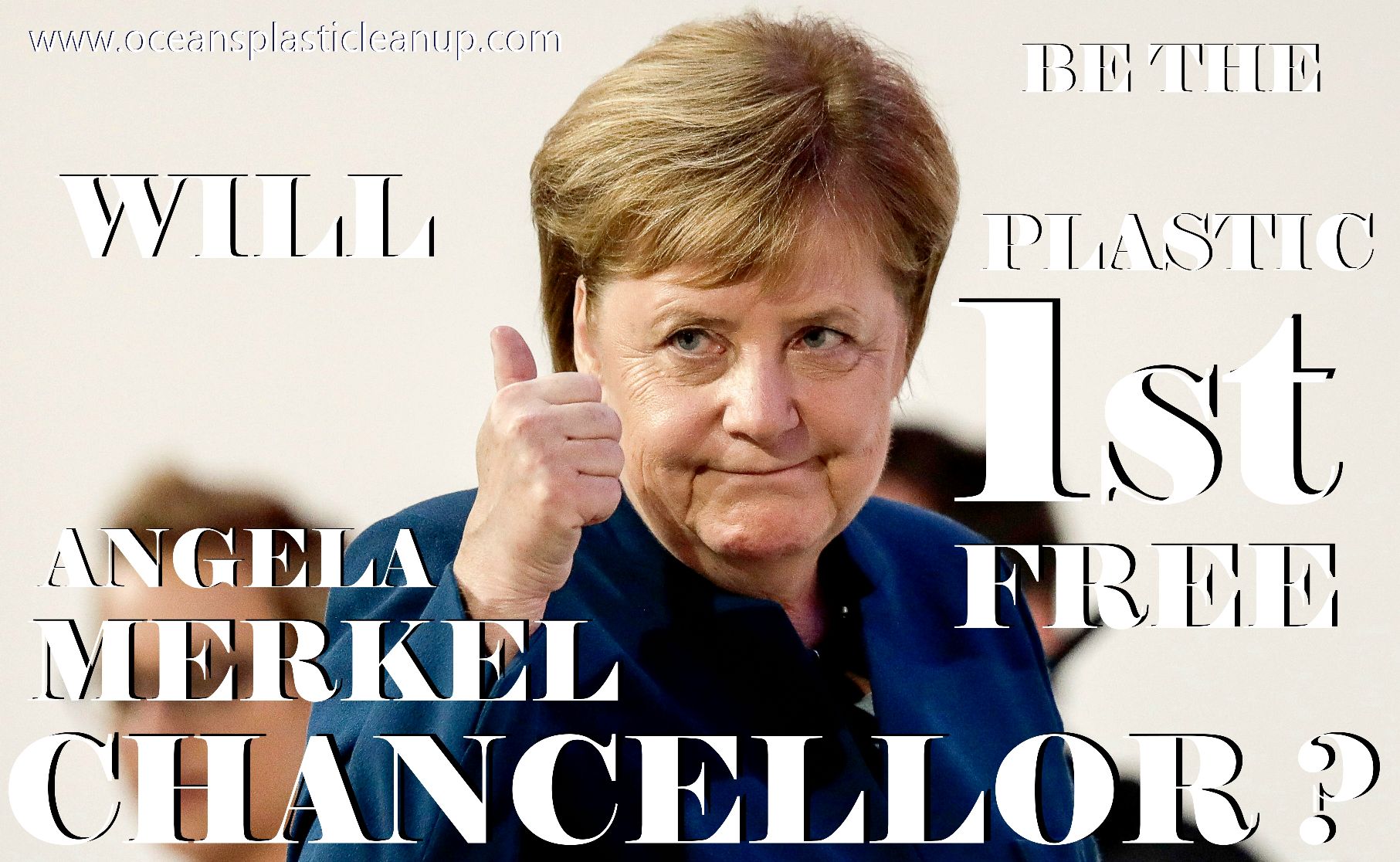
HIGH
HOPES FOR GERMANY - There
are many reasons for reducing reliance on plastics. In the end
we hope that a sustainable economics argument may hold sway
over short term convenience. We're voting for Angela Merkel# We'd urge
you, the voters to share your thoughts with Chancellor Mutti @
22 March
2021.
The
plastic pollution problem persists unabated with no real solution in sight
generally, from
short-sighted policies and policy makers lacking in vision -
who simply won't apply the brakes. The lack of success in
cleaning up the world's rivers and
oceans to date speaks for
itself: the problem is getting worse.
We
need more and immediate action in terms of applying the policy
brakes to stop plastic being more prevalent in the sea than
fish. To
this end The Cleaner Ocean Foundation
has put together a (draft) 7
Point Plastic Plan, that they hope will be taken seriously
by the UN's members in all things sustainable, especially the World
Health Organization and Food
and Agriculture Organization. As per SDG14:
Life
Below Water. The Plan also impinges on SDG13,
where much plastic is burned to dispose of, causing huge CO2
plumes in developing countries.
Potentially
the first Plastic-Free Chancellor, Angela Merkel could
help make a big difference in supporting proposals like this
at UN level, and, for example, cleaning up
some of the most dirty rivers
in Europe.
The
Rhine is Germany's signature river. Like the Thames in
the UK, it reveals the state of play,
alongside other potholed policies.
This is our
(draft) 7
Point Ocean Plastic Plan:
7SEVEN POINT PLAN (DRAFT) ARTICLES
1. Supermarket packaging transformation (back) to paper predominantly
2. Glass bottles,
metal cans, waxed cartons over plastic, unless genuinely biodegradable
3. Monitoring rivers and strict enforcement against
micro-fiber spillages from treatment plants
4. Trackers for fishing nets and strict enforcement for
dumping, unless accidents reported
5. Recycling of plastic to
95% with controlled incineration of non-reusable elements
6. Filtration on domestic machines to remove microfibers from clothing
7. Introduction of plastic credit (incentives) trading scheme to drive
the clean up
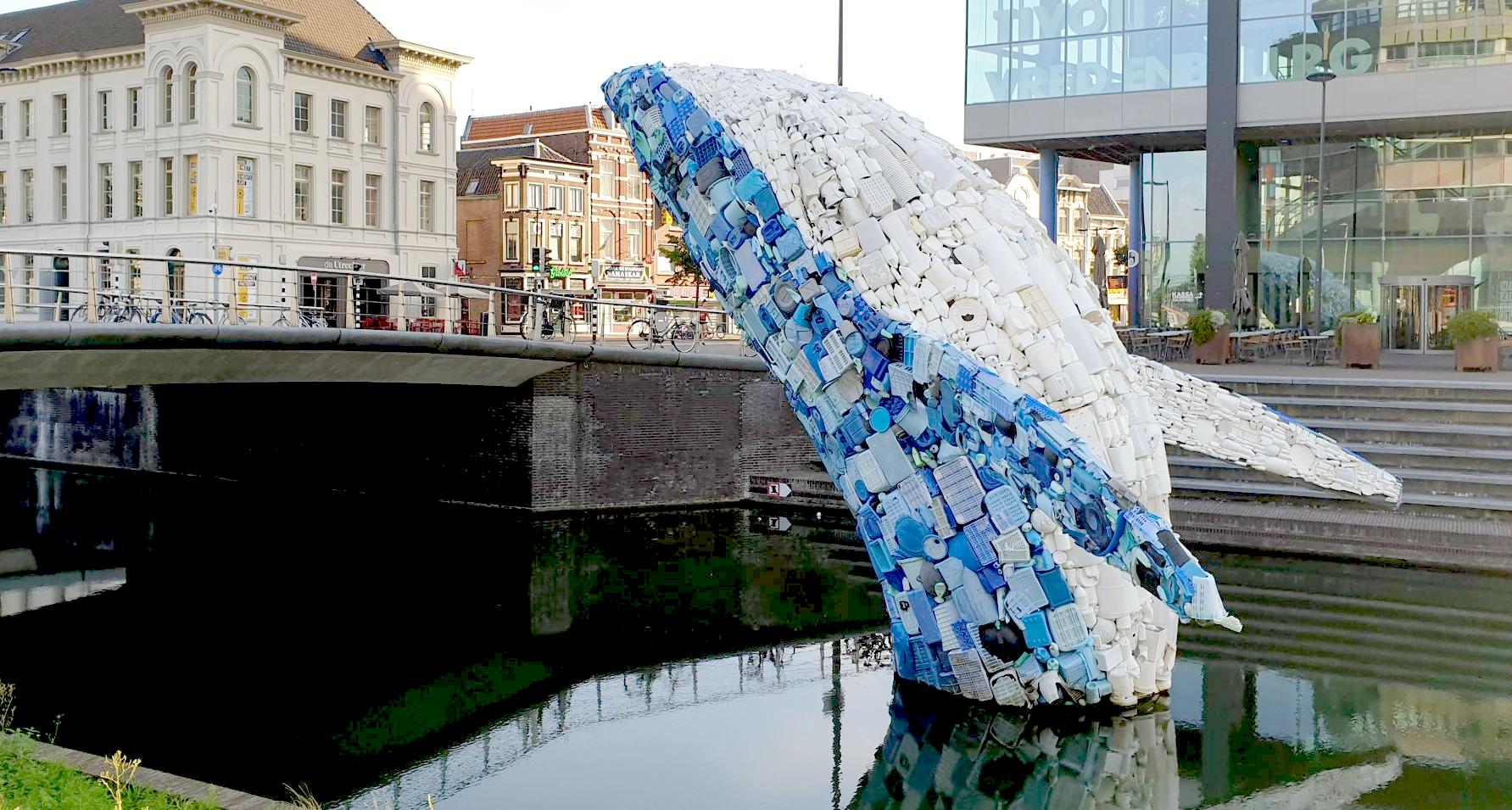
DIRTY
BIRTIE -
Germany should be concerned about the state of what should be
their signature river. It is literally strew with micro plastic
waste, a disgusting liquid garbage dump and a blight on their proud heritage. Mankind should not inflict such agonies on
nature, or on themselves. Convenience products must be paid for in full.
This is the Rhine further downstream at Utrecht, where a
plastic whale features by way of protest awareness.
The Rhine is a virtual micro plastic sewer. Between Basel and Rotterdam, the Rhine has one of the highest microplastics pollution so far measured in rivers, with the Rhine-Ruhr metropolitan area showing peak numbers of up to four times the average. Among investigated
rivers, the Rhine is thus among those most heavily polluted with microplastics. This is reported by researchers from the University of Basel, who evaluated, for the first time, the plastic concentration at the surface of one of the big
European rivers. Their results have been published in the journal Scientific Reports.
Tiny plastic particles smaller than five millimeters, so-called microplastics, are found in almost all waterbodies these days. They occur as intermediate products in plastic production or as pellets for cleansing and care products or result from fragmentation of plastic debris. They are released into the environment due to improper handling. In the oceans, they contribute to the 'great garbage patches' and are ingested by many organisms, from protozoa to
baleen
whales. Although as much as 80% of this marine plastic is emitted by
rivers to the oceans, not a single great river has yet been scientifically studied for the microplastics load over its length.
Environmental pollution mapped
For the first time, environmental scientists from the University of Basel have now reported the abundance and composition of microplastics at the surface of the Rhine between Basel and Rotterdam. They took 31 water samples at 11 locations over a stretch of 820 kilometers. Microplastics were found in all samples in different concentrations, with an average of 892,777 particles per square kilometer (or 4,960 particles per 1000 cubic meters).
The findings reflect the major potential sources of environmental pollution along the Rhine, such as metropolitan areas and industrial plants, waste
water treatment plants and weirs, as well as the particular current conditions. The minimum average microplastics
pollution was found in the stretch between Basel and Mainz (202,900 particles per square kilometer), a medium average at Bad Honnef, Köln-Porz and Leverkusen (714,053) and the highest average in the Rhine-Ruhr metropolitan area (2,333,665). A peak microplastics concentration was measured at Rees on the Nederhijn, where 3.9 million plastic items per square kilometer (or 21,839 particles per 1000 cubic meters) were found in a single water sample.
191 million particles a day
"The Rhine's microplastics concentrations are thus among the highest so far studied worldwide," says biologist Professor Patricia Holm from the Department of Environmental Sciences at the University of Basel. For the most polluted Swiss lakes, Lake Geneva and Lake Maggiore, 220,000 particles per square kilometer were reported in other studies. As a further example, in Lake Erie in the U.S., only 105,503 items per square kilometer were found. Significantly less microplastics were also found in the river Rhone near Geneva. In general, extreme peaks may be reached after heavy rain or accidents.
"Our results show that the Rhine is significantly polluted with microplastics," says Holm. "If we assume an average microplastics concentration on the day we took the water sample in Rees, we can say that the Rhine contributes a daily load of more than 191 million plastic particles to the North Sea, and that only takes into account the surface. Even though, in terms of weight, this only corresponds to roughly 25 to 30 kilos a day, this adds up to 10 tons a year. Each one of these billions of plastic items can be ingested by organisms and have negative effects on their health."
Origins partially unclear
The scientists concentrated on the detection of microplastics found in large numbers in production worldwide and of low specific density, such as polyethylene, polypropylene and polystyrene. The types of plastics are used in the plastic industry e.g. for packaging, office equipment and vehicle construction and float on the water surface for long distances. Samples were mostly taken from boats of the Rhine Police Basel-Stadt and the Waterways and Shipping Administration in Germany and the Netherlands.
The researchers found microplastics in the shape of opaque and transparent spherules as well as of fragments and fibers. "The extremely high proportion of more than 60 percent spherules in certain parts of the river is striking. Where they come from and what their former use was, is largely unclear so far," says Thomas Mani, first author of the study and PhD student at the Department of Environmental Sciences of the University of Basel.
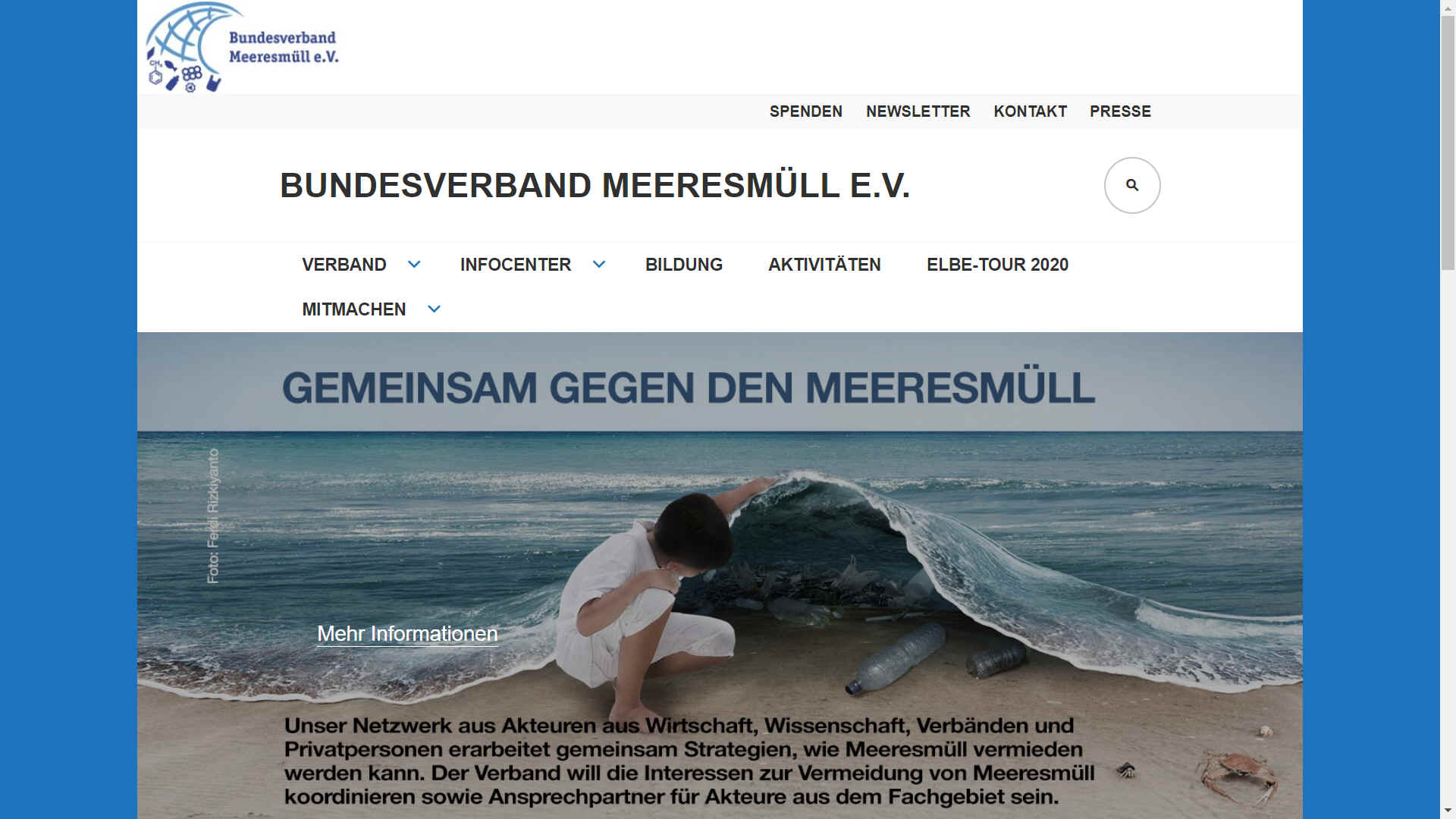
Bundesverband Meeresmüll -
Aufbauend auf dem Erfolg des letzten Jahres, startet die Crew des Bundesverbands Meeresmüll e.V. erneut eine Flussexpedition mit dem Medien- und Forschungsschiff ALDEBARAN. Vom 18. Juni bis zum 7. Juli 2021 fahren wir den deutschen Verlauf der Elbe ab, von der tschechischen Grenze bis zur Nordsee. Dazu möchten wir euch gerne einladen Teil dieser Kampagne mit eurem Projekt zu sein.
Mikro-Plastik im Fokus
Die Elbe-Expedition wird Forschungsfahrt, Produktionsreise sowie Bildungs- und Öffentlichkeitskampagne zugleich sein. Hierbei wird die ALDEBARAN als Kommunikations- und Forschungsplattform genutzt, um der Plastikkrise medial und wissenschaftlich auf den Grund zu gehen. Im Vordergrund steht das Thema (Mikro-) Plastik in Gewässern sowie die Frage nach der Herstellerverantwortung bei der ganzheitlichen Lösung der Plastik-Problematik. Zielgruppe ist insbesondere die interessierte Öffentlichkeit sowie Schüler*innen der Region.
Kommt mit an Bord!
Auf der Expedition möchten wir euch dabei haben: Wir möchten Leuchtturmprojekte und Best-Practice-Beispiele sowie Initiativen und Akteur*innen aus Zivilgesellschaft, Wissenschaft und Kommunen, die in ihrer Arbeit Berührungspunkte mit der (Mikro-)Plastik Problematik haben oder mit ihrer Arbeit zur Lösung des Plastik-Problems beitragen, aktiv in die Ausgestaltung der Tour einbinden. Dies kann in Form von Interviews, Gastbeiträgen, (digitalen) Side-Events, Probennahmen von Bord, eigenen Bildungsmodulen und vielem mehr erfolgen. So gestalten wir gemeinsam einen multiperspektivischen Dialog, der digital aufbereitet und über Presse- und Medienarbeit in die breite Öffentlichkeit getragen wird. Wir freuen uns auf eure Ideen!
Für alle Interessierten Akteur*innen veranstalten wir am Freitag, 23. April von 16:00-17:00 Uhr ein online Meeting, bei dem wir das Projekt noch einmal vorstellen, Fragen beantworten und eure ersten Ideen besprechen möchten. Gerne könnt ihr dieses Schreiben auch an eure Netzwerkpartner*innen und weitere potenzielle Interessent*innen weiterleiten.
GERMAN
MARINE FOUNDATION - LITTER ASSOCIATION RIVER EXPEDITION 2021
Building on the success of 2020, the crew of the Bundesverband Meeresmüll e.V. is
planning another river expedition with the media and research ship ALDEBARAN. From June 18 to July 7, 2021,
they plan to travel the German course of the Elbe, from the Czech border to the
North
Sea.
(Micro) plastic in focus
The Elbe expedition will be a research trip,
as well as an educational and publicity campaign. The ALDEBARAN is used as a communication and research platform to get to the bottom of the plastic crisis in a media
friendly, scientific manner. The focus is on the topic of (micro) plastics in bodies of water, as well as the question of manufacturer responsibility in
creating the plastic problem, looking for solutions as part of
data harvesting and analysis. They hope to interested the public and schoolchildren in the
region, inviting project ideas.
The central element of the tour will be a live stream from
cameras on board the ALDEBARAN, which will be fed to YouTube,
and social media channels.
The scale of the tour will depend on
funding. The group have submitted various funding applications
and are waiting for feedback.
For all interested parties,
this Foundation are organizing an online meeting on Friday, April 23, from 4:00 p.m. to 5:00 p.m.,
during which they would like to present the project, answer questions and discuss your
ideas.
You are also welcome to forward this letter to your network partners and other potential interested parties.
Join the Zoom meeting:
https://us02web.zoom.us/j/83349086450?pwd=QjBqZVVpSVBXaUFmVjFjR0k4d3JyZz09
Meeting ID: 833 4908 6450
Identification code: 660475
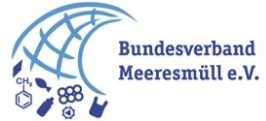
CONTACTS
Carla Wichmann
- Secretariat / Office
Board of Directors: Frank
Schweikert, Reinhard Komar
Bundesverband Meeresmüll e.V. / German Marine Litter Association e.V.
c / o German Marine Foundation
Grimm 12 | 20457 Hamburg
Tel .: +49 (0) 40 22 8589 0 50
Fax: +49 (0) 40 22 8589 0 59
office@bundesverband-meeresmuell.de
www.bundesverband-meeresmuell.de
GERMAN MARINE LITTER ASSOCIATION 22 JANUARY 2021
This week, Federal Environment Minister Svenja Schulze (SPD) presented the revisions of the Packaging Waste Act to the cabinet. The amendments are intended to implement the requirements of the EU Disposable Plastics Directive adopted in 2018. The aim of the single-use plastics directive is to reduce the impact of certain plastic products on the environment.
Among other things, there is an obligation to offer reusable packaging for the sale of "to go" food and beverages, an extension of the disposable deposit to almost all plastic bottles made of
PET and all aluminium cans from 2022, and the mandatory use of a certain amount of recycled plastic in the production of PET bottles (25 percent from 2025).
Environmental groups criticise the fact that the amended Packaging Act still contains too many exceptions to the reusable obligation. For example, milk in PET bottles is to be exempted from the deposit obligation. Moreover, there are too few incentives for reusable solutions to actually prevail.
As a follow-up, Deutsche Umwelthilfe is calling for a steering levy of at least 20 cents for to-go cups and food boxes made of disposable plastic, which will be used specifically to promote reusable systems. In addition, the consistent pledge of all disposable plastic bottles, including milk plastic bottles, as well as the identification of beverage cartons, which still too often end up in the environment.
The BUND considers the mandatory use of a higher amount of recycled material in the production of disposable plastic bottles to be realistic (40 instead of 25 percent by 2025). In the opinion of the BUND, similar determinations must be made for other packaging areas, such as transport packaging such as foils, canisters, buckets, barrels and pallets or plant pots.
The Nabu considers the introduction of tax advantages for reusable packaging to be effective in order to motivate the use of reusable solutions. Reusable must always be the cheaper alternative to disposable.
Following the decision of the draft law in the cabinet on 20.1.2021, the Bundestag and the Bundesrat must now decide on the draft.
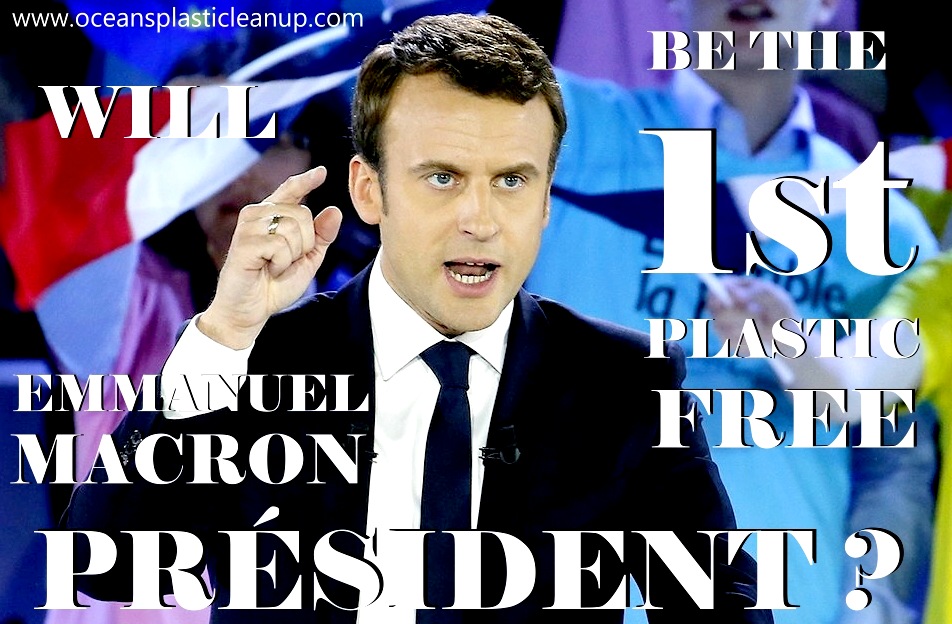 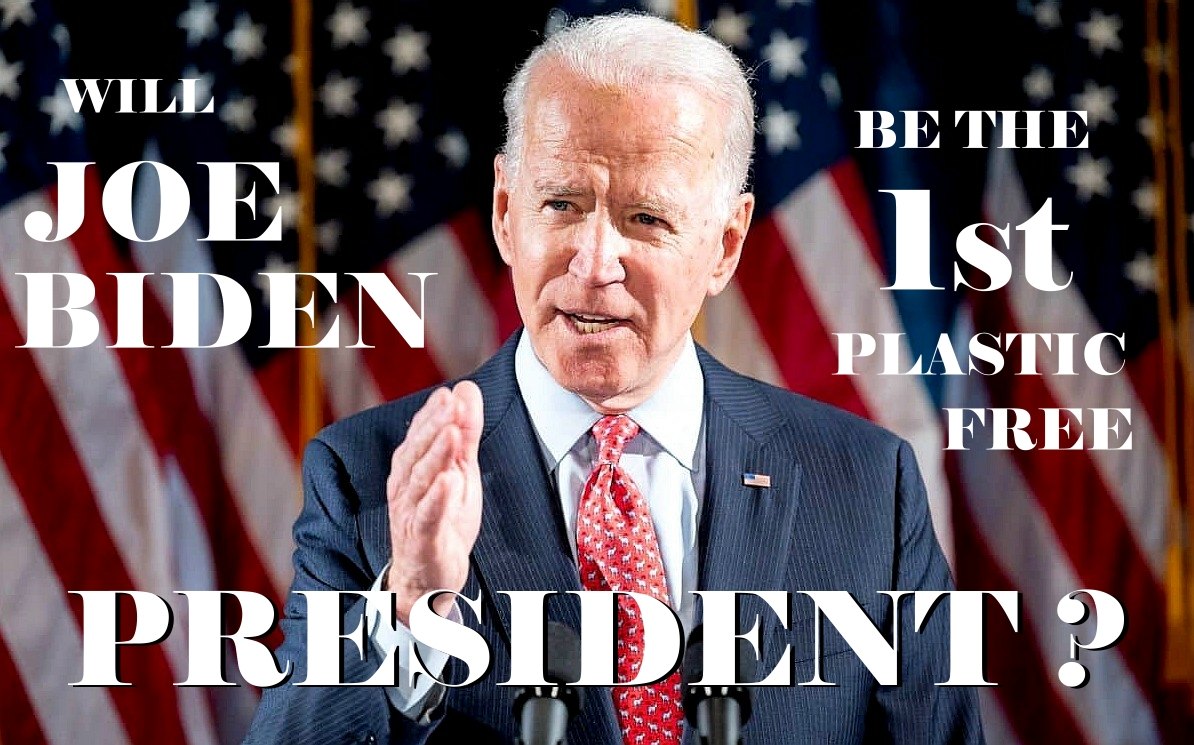 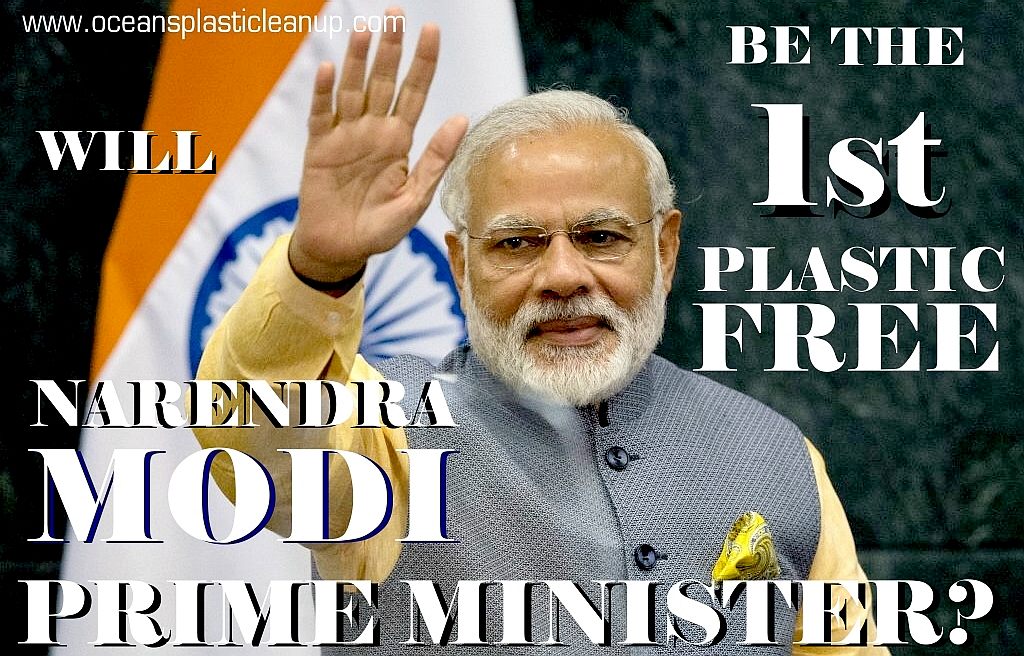 
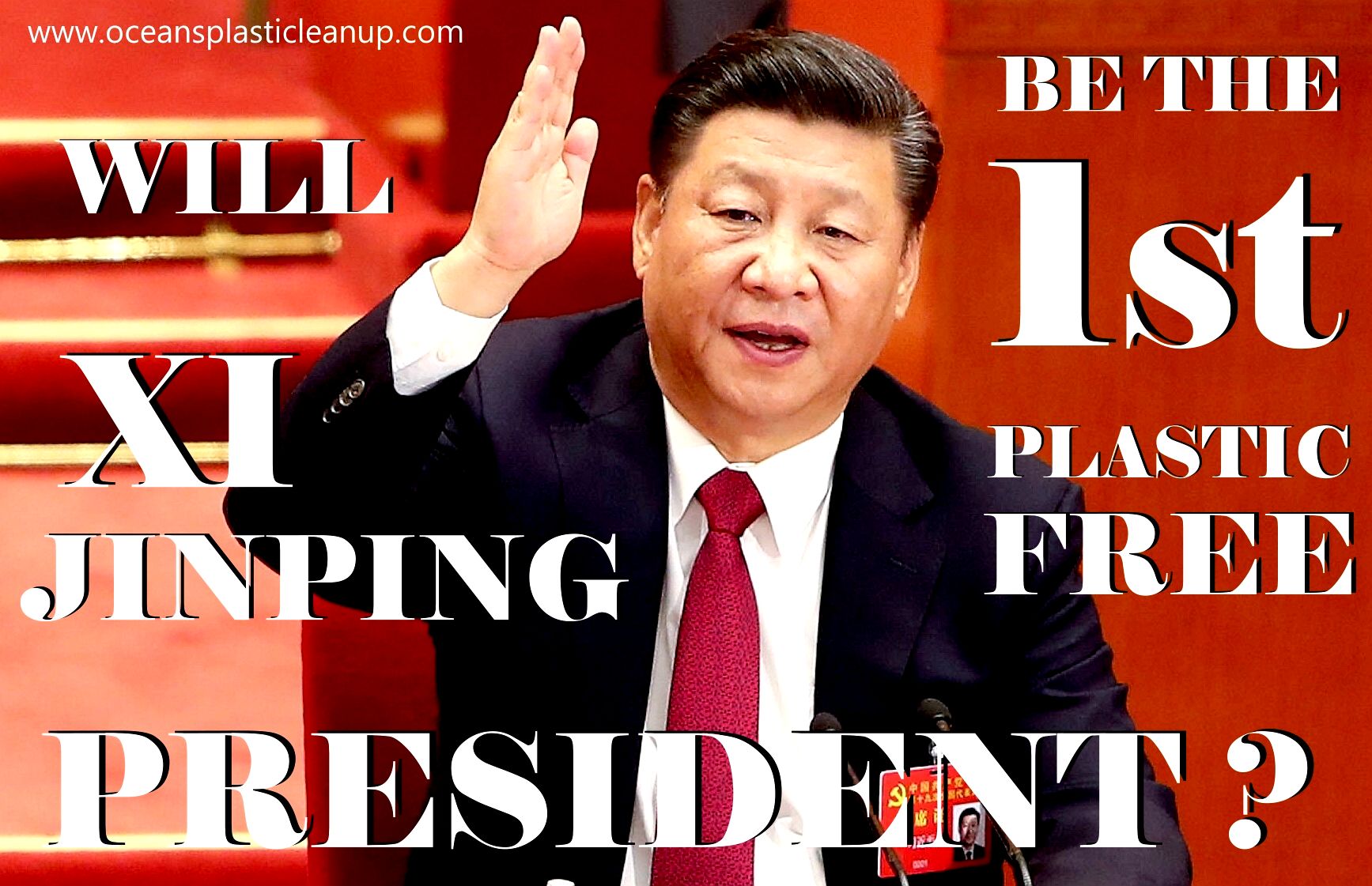
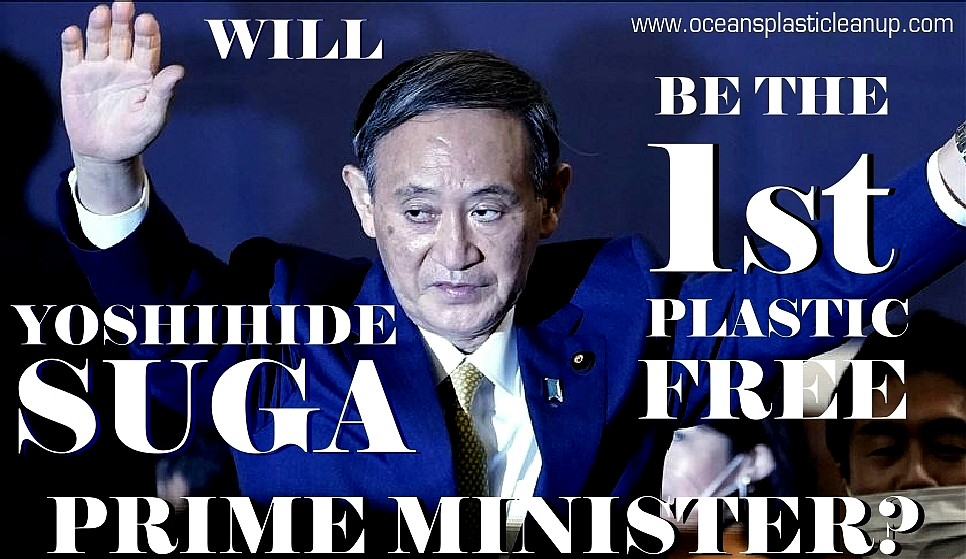
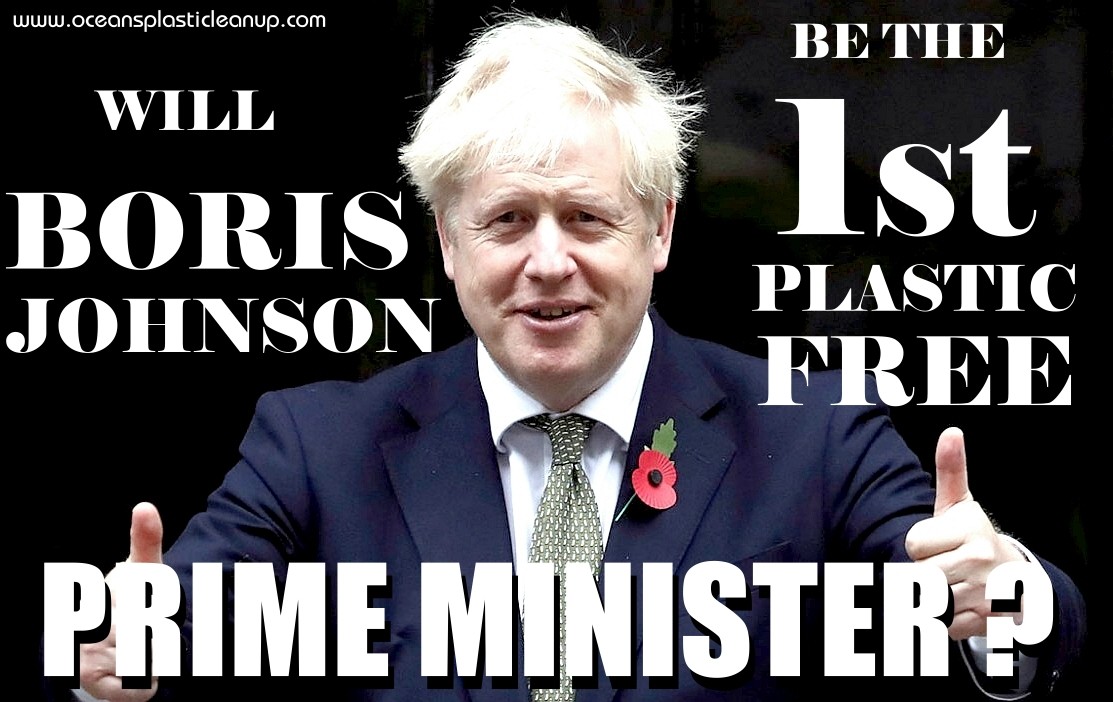 OCEAN
HEALTH - We have high hopes
that the most powerful world leaders will be pushing to secure fish health as part of
their food
security plans. This of course means ridding us of the plastic
menace with a Plan that is technically
workable, enforceable and economically sound. Ladies and
gentlemen, we give you the 7Seven
Point Plastic Plan.
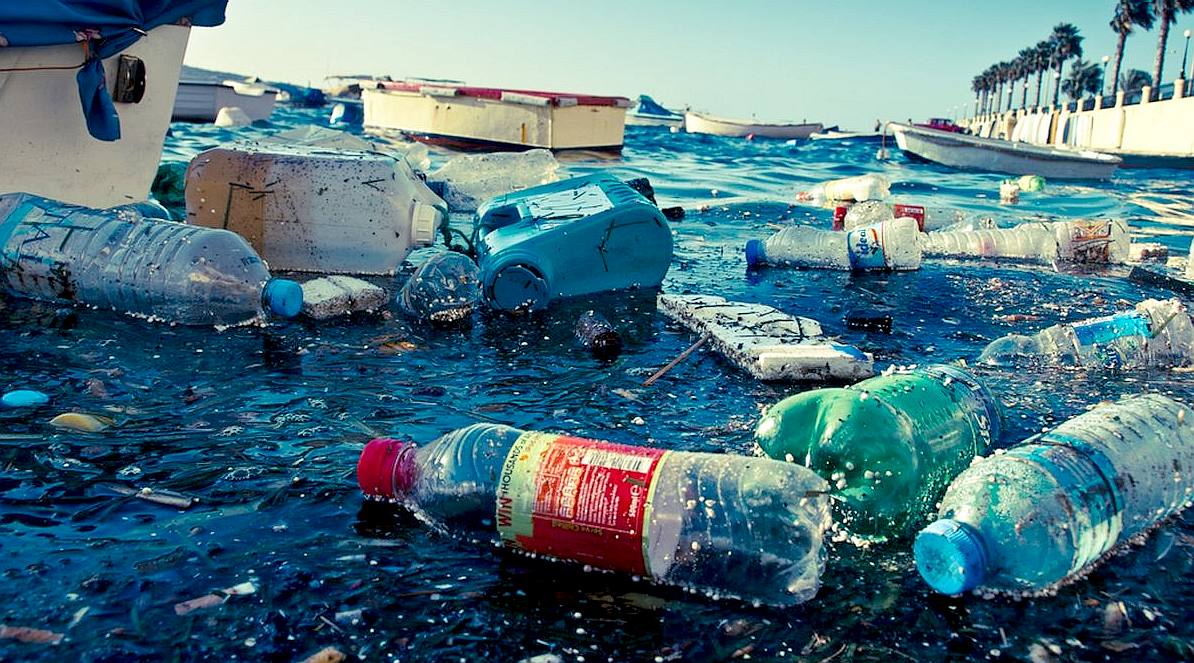
WHAT
A WASTE
- Governments
are unwilling to commit resources to recover the millions of
tons of toxic plastic that is already in our oceans, even
where it threatens long term food security and biodiversity.
LINKS
& REFERENCE
https://www.allianz-meeresforschung.de/en/news/microplastics-in-the-elbe-river/
https://www.bmu.de/gesetz/928/
https://daserste.ndr.de/panorama/archiv/2021/Getraenkepfand-Neues-Gesetz-neue-Ausnahmen,einwegpfand100.html
https://bundesverband-meeresmuell.de/
https://www.sciencedaily.com/releases/2015/12/151208081801.htm
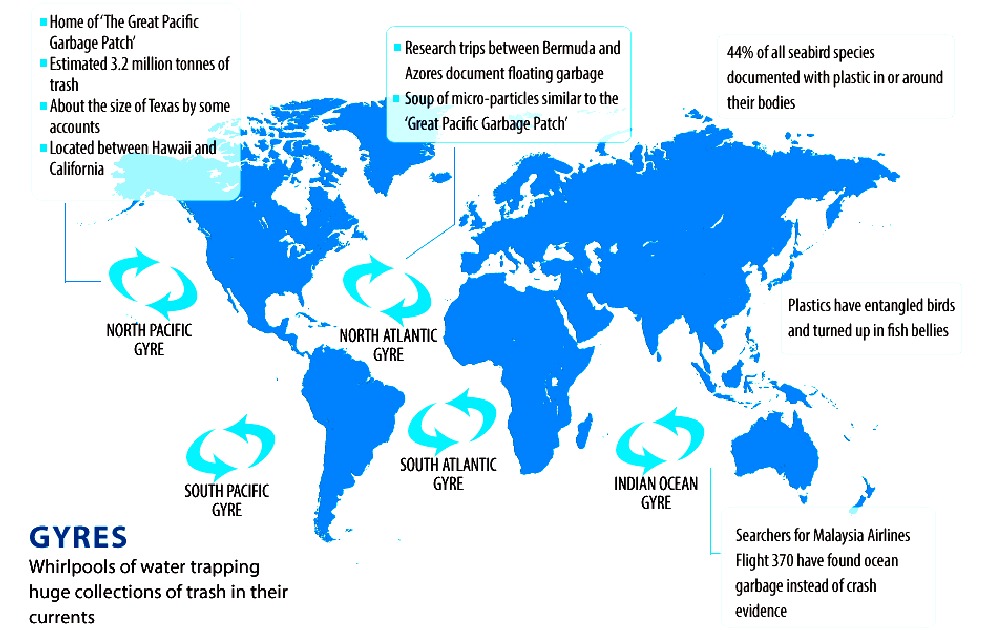
BUILD
UP
-
Plastic has accumulated in five ocean hot spots called
gyres, see here in this world map derived from information
published by 5 Gyres. unfortunately, with projects like SeaVax
being refused funding, there is little hope that our ocean might be flushed
clean. What we might hope for is that the United Nations opts for measures to
(effectively) ban plastics for single use packaging.
This website is
provided on a free basis as a public information service. copyright ©
Cleaner
Oceans Foundation Ltd (COFL) (Company
No: 4674774) 2021. Solar
Studios, BN271RF, United Kingdom.
COFL is
a not for profit company without share capital.
|











